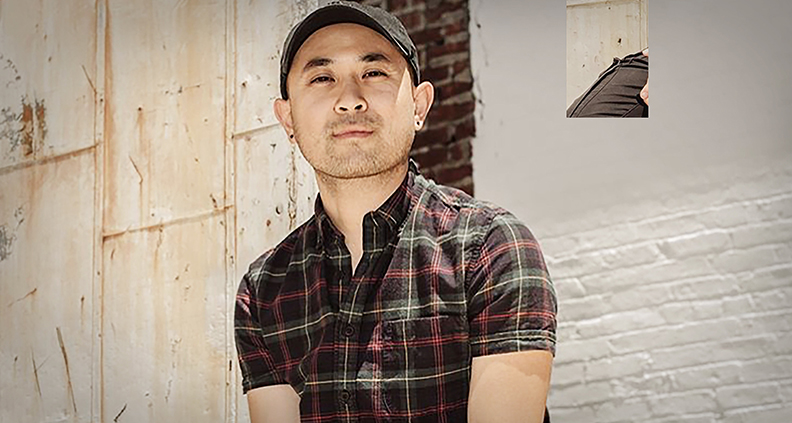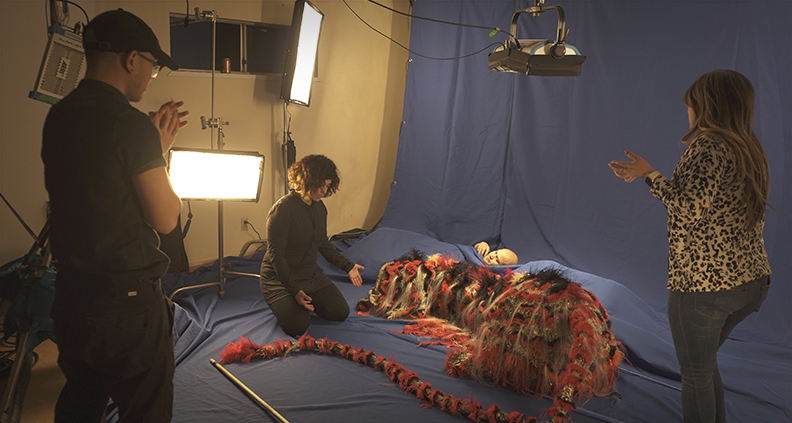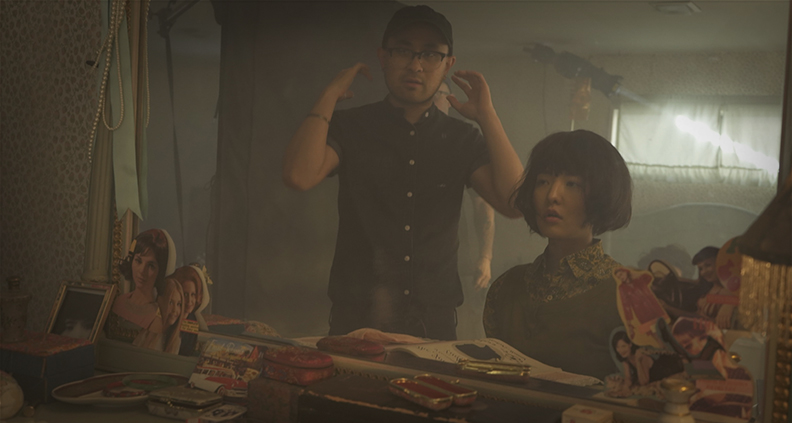The irony of directing as a career is that, despite the inherent collaborative nature of the job, directing is one of the loneliest professions. With the pressure of constant decision-making and the struggle to communicate with an entire crew—along with budget and time restraints—indie filmmakers seldom have someone else to commiserate with. And it’s this feeling of isolation that often leads us to believe we are imposters. Personally speaking, I never felt that the social demands of directing came natural to me at all. I fell into directing from a background in fine art, animation and puppetry. As a quiet, introverted kid, I spent most of my childhood alone making things with my hands and watching fantasy films. After making a viral short film at the birth of YouTube in the early ‘00s, I got the nudge from agencies and production companies to direct. I was both terrified and allured by the idea of directing: the vulnerability of leadership was a daunting concept. And as someone who started filmmaking alone on my computer, the challenge of directing quickly became a challenge of learning how to work with people. Fast-forward 12 years later: I’ve been on a journey directing shorts, commercials and music videos. While I’ve had the privilege of working with musicians and creatives in other fields, my handle on working with actors and talking about story was still limited. The craft of short commercial filmmaking did not account for the kind of emotional rigor, quiet, patience, vocabulary and critical thought required to create narrative film. As I set out to make my first movie, my hands felt weak. I felt hungry for a community that understood the vulnerability of writing and directing narrative film. In order to make my first indie movie, I needed to shift my community and be surrounded by likeminded folks who could share and nurture this incubating process of talking about stories, characters and themes in a challenging new way. The opportunity to immerse oneself in a community of other independent filmmakers is precisely what makes the Film Independent Directing Lab one of the best educational opportunities I’ve ever had as a filmmaker. Rarely do we as directors get a chance to commune with each other—and even more rarely do we get an opportunity to observe how others direct. I had the privilege of being in the Lab with such talented and mutually supportive indie filmmakers, all who had their own set of tools, language and communication skills to articulate their vision to their actors. It was such a special experience to watch my filmmaker peers work, and to discuss and analyze how to be the best communicators possible and how to bring scenes to life. Film Independent also gifted us with a host of wonderful industry Mentors, each of which gave such invaluable insight on the craft and allowed us to get to the heart of the stories we were trying to tell. Not only did we have renowned indie cinematographers, editors and producers come in to share stories with us, but we also had acting coach Lisa Robertson lead us through cathartic and personal exercises that got us on our feet and illuminated the vulnerability that is required for both actors and directors to work together. The most valuable lesson I learned from these exercises is that additive and improvisational nature of being a director. As a director, one must always graciously receive the ideas their talent or crew are bringing to the table, but also incite the team to take those choices further in a way that feels inspiring and additive. Our job as directors is either to inspire imagination or melt the defenses of our collaborators. This kind of artistic and collaborative generosity is something difficult to harness for some of us filmmakers, but something I think is so key to our process as creative leaders. We also had the privilege of screenwriting mentorship under Ruth Atkinson, who helped us break out the anatomy of our stories and get to the heart of our themes. Ruth has an arsenal of amazing exercises that challenged us to distill what is important to our story. This scriptwork is an added bonus of the Directors Lab—one that aided me in my subsequent rewrite after the Lab, while also sharpening my process directing actors in a scene as it forced me to articulate the essential character motivations and actions that need to play in a given scene. The highlight of the Lab was the opportunity to actually film scenes from my screenplay and share them with the other Fellows. Through Film Independent’s generous resources, I was able to shoot a scene from the beginning and end of my script, and really put to use all of the new skills I had learned in the Lab. The Lab had given me the new tools and vocabulary to approach directing with a new confidence and calm and the opportunity to shoot scenes forced me to put those tools to use in a way that felt empowering and practical. Directing, after all, is performative. And the exercise of shooting those scenes allowed me to take what I’ve learned and put it into direct action. In the end, the Directors Lab gave me permission to learn by doing. The Labs are safe spaces to get messy, fail and emerge the other end stronger and wiser. It’s no exaggeration when I say that my time at Film Independent has been my best film education since college—it’s a gift and I can’t urge people more to engage in this community. The Film Independent community is a space for nourishment to strengthen indie creators like us, saving us from the loneliness of what we do and emboldening us to charge forward, dream big and aim high.
Andrew Thomas Huang was also the recipient of the K Period Media Fellowship, awarded through the Directing Lab. Learn more about the Directing Lab and additional Film Independent Artist Development programs and grants. Film Independent Artist Development programs promote unique independent voices by helping filmmakers create and advance new work. Become a Film Independent Member today.
Get More Involved…
Twitter YouTube Instagram Membership
(Header: Andrew Thomas Huang and actor Hojo Shin on set)


